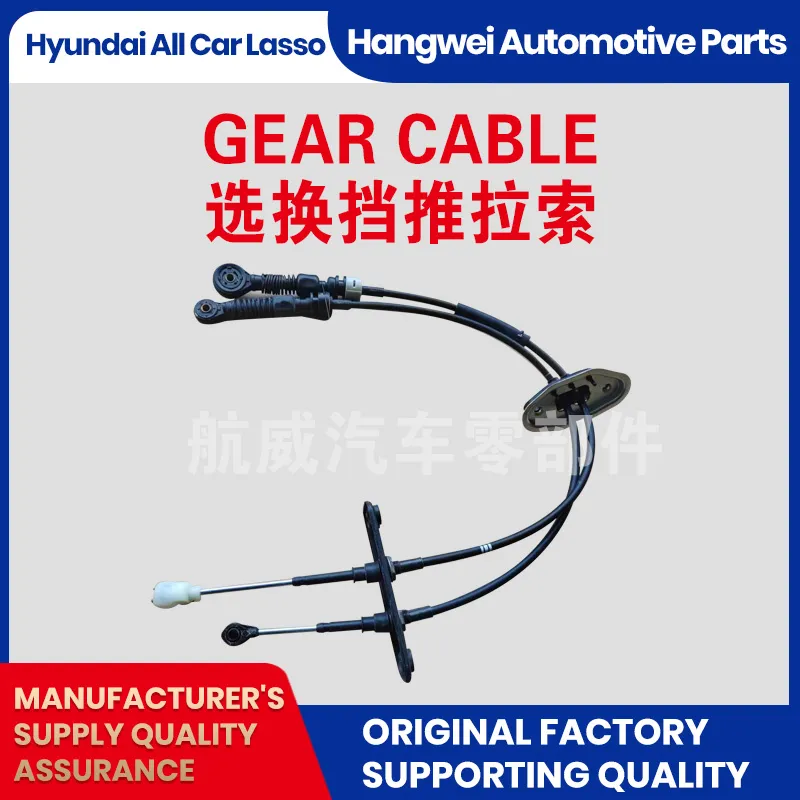clutch slave cylinder hydraulic line
Understanding the Clutch Slave Cylinder and Its Hydraulic Line
The clutch system in a vehicle plays a crucial role in the function and performance of the transmission system. Among its components, the clutch slave cylinder is essential for managing the hydraulic actuation of the clutch, ensuring smooth gear transitions and overall driving efficiency. This article aims to provide a comprehensive understanding of the clutch slave cylinder, its hydraulic line, and the importance of maintenance.
What is a Clutch Slave Cylinder?
The clutch slave cylinder is a hydraulic component located within the clutch system, typically situated on the side of the transmission or within the bell housing. Its primary function is to convert hydraulic pressure from the master cylinder into mechanical force, enabling the disengagement of the clutch plate from the flywheel. This disengagement is vital for shifting gears smoothly and preventing engine stalls when the vehicle comes to a stop.
When the driver presses the clutch pedal, the master cylinder generates hydraulic fluid pressure, which travels through the hydraulic line to the slave cylinder. The slave cylinder then pushes against a release fork or a similar actuator mechanism, disengaging the clutch plate from the engine’s flywheel. This process allows the driver to change gears seamlessly.
The Hydraulic Line
Central to the operation of the clutch slave cylinder is the hydraulic line that connects it to the master cylinder
. This line is typically made of flexible rubber or reinforced materials capable of withstanding high pressure. Its purpose is to transport hydraulic fluid from the master cylinder to the slave cylinder without losing pressure.clutch slave cylinder hydraulic line

The hydraulic line must remain free of leaks and blockages to ensure optimal performance. Any damage, such as cracks or wear, can lead to a loss of pressure, resulting in a spongy clutch pedal or a complete failure to disengage the clutch. Regular inspections of the hydraulic line can prevent these issues and contribute to the overall reliability of the clutch system.
Importance of Maintenance
The clutch system, including the slave cylinder and hydraulic line, is subject to wear and tear over time. Therefore, regular maintenance is integral to the longevity and performance of the vehicle. Drivers should pay attention to signs of potential issues, such as difficulty shifting gears, a leaking hydraulic line, or abnormal clutch pedal behavior.
If any of these symptoms arise, it’s essential to have the system inspected by a qualified mechanic. They will check for fluid leaks in the hydraulic line, assess the condition of the slave cylinder, and perform any necessary repairs or replacements.
Bleeding the clutch system is also a crucial maintenance step. Air can enter the hydraulic line, creating compressible bubbles that lead to a spongy clutch pedal. Bleeding removes any trapped air, ensuring that the hydraulic fluid can transmit pressure effectively. This process should be conducted whenever the hydraulic fluid is replaced or if components of the clutch system are serviced.
Conclusion
The clutch slave cylinder and its hydraulic line are vital components for the efficient functioning of any vehicle’s transmission system. They work together to ensure that gear changes occur smoothly and that the driver remains in full control of the vehicle. Regular maintenance and inspection of these components are essential to prevent any potential issues that could compromise vehicle performance. By staying proactive about the health of the clutch system, drivers can ensure a safer and more enjoyable driving experience.
-
Workings of Clutch Pipe and Hose SystemsNewsJun.04,2025
-
The Inner Workings of Hand Brake Cable SystemsNewsJun.04,2025
-
The Secrets of Throttle and Accelerator CablesNewsJun.04,2025
-
The Hidden Lifeline of Your Transmission Gear Shift CablesNewsJun.04,2025
-
Demystifying Gear Cables and Shift LinkagesNewsJun.04,2025
-
Decoding Clutch Line Systems A Comprehensive GuideNewsJun.04,2025
